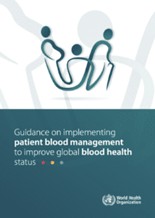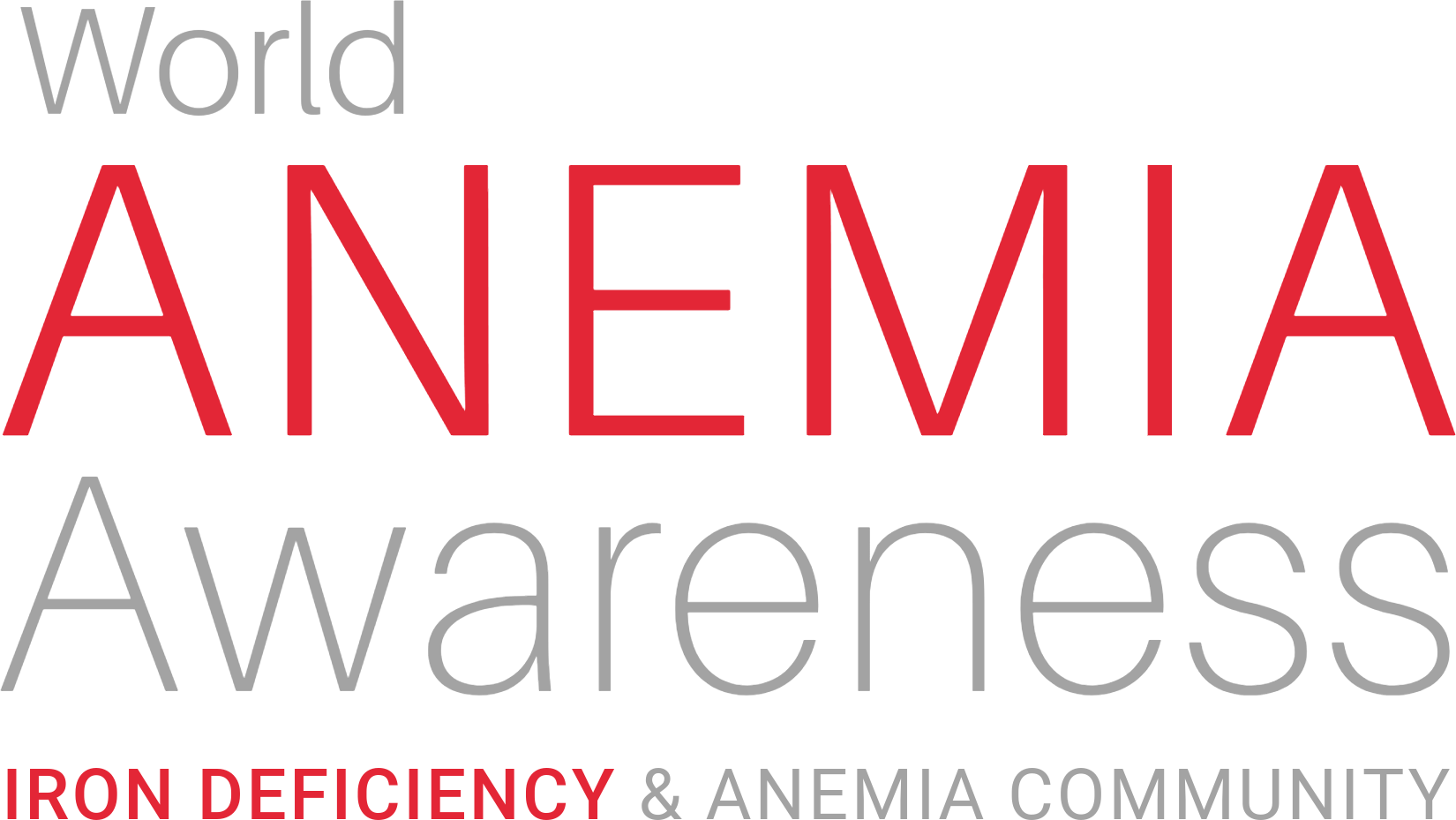Hospital Acquired Anemia: What You Didn't Know About Blood Testing
When Medical Care Takes More Than It Gives
Hospital-acquired anemia (also called iatrogenic anemia) happens when medical interventions, particularly frequent blood sampling, actually cause the very condition doctors are trying to monitor. A landmark 2013 study by Koch et al. of 188,447 hospitalizations across multiple US hospitals found that 74% of patients developed hospital-acquired anemia at some point during their hospital stay. People who are critically ill require frequent blood tests and have a higher risk of developing anemia due to lower hemoglobin levels and impaired production of red blood cells.
Here’s what’s truly shocking: patients may be sampled up to 24 times a day, and studies suggest that the loss might be as high as 100 mL/day, equivalent to a 2% reduction in blood volume. Meanwhile, a healthy body produces about 20 mL of blood daily, meaning some critically ill patients are losing five times more blood than their bodies can replace.
Who's Most at Risk?
This isn’t just an abstract medical concern. Hospital-acquired anemia affects real people in specific situations
The Hidden Cost of "Routine" Testing
What makes this particularly concerning is how much blood is actually wasted. A 2008 study found that only 9% of the blood in standard sized blood tubes was used for testing. This means that 91% of the blood drawn is simply discarded.
The consequences are serious: hospital-acquired anemia is independently associated with worse clinical outcomes including prolongation of hospital stay and increased morbidity and mortality.
If careful attention is not given to the amount removed and to the number and frequency of samples taken, a patient can unnecessarily lose a lot of blood to the apparent demands of the laboratory.
Chapter 8: What You Need to Know When You Need Surgery Blood Works: An Owner's Guide
A Personal Story: When Advocacy Matters
I’ll never forget sitting with my sister in the hospital. She has iron deficiency anemia and was already in agony from kidney stones — and then came the blood tests.
Her veins were too narrow, and the nurse couldn’t draw blood easily. She tried again and again, leaving my sister in visible pain. I asked, “Do you really need more blood? Haven’t you already taken several tubes?” I was brushed off.
The next day, my sister’s hand and arm were black with bruises. She looked like she’d been in a fight — and in a way, she had. A fight for compassionate care. A fight to prevent unnecessary pain.
That’s when I realized: there had to be better ways to monitor her health without causing additional harm.
Solutions Exist: Micro Blood Sampling
This is where micro blood sampling comes in, not as something patients should demand, but as a medical approach that exists when appropriate. Micro blood sampling uses tiny volumes of blood (typically 10-50 microliters, about the size of a raindrop) instead of full tubes.
It works well for certain tests:
- Basic hemoglobin levels
- Blood glucose monitoring
- Some routine blood counts
What This Means for You
Understanding hospital-acquired anemia doesn’t mean becoming confrontational with your healthcare team. Instead, it’s about being an informed participant in your care. You can:
- Ask about the necessity of repeated tests: “Was this test already done today?”
- Inquire about timing: “Could some of these tests be combined or spaced out?”
- Seek reassurance if you’re concerned: “I’m concerned that too many blood tests might have an impact on my anemia or iron deficiency, is that true?”
- Understand your situation: “Given my anemia, are there ways to minimize blood loss?”
If You Know Blood Draws Are Difficult for You
Before Your Appointment
- Drink plenty of water starting the day before (unless fasting is required)
- Stay warm – wear layers you can remove, or bring hand warmers
- Moisturize your arms from hand to elbow several times daily in the days before
- Take a gentle walk beforehand to increase circulation (unless fasting)
During the Draw
- Tell the phlebotomist about your “difficult veins” upfront
- Ask them to use the arm that worked best previously (and remember which one!)
- Request a butterfly needle (smaller, often less painful)
- Try the “gravity trick” – let your arm hang down while sitting to increase blood flow
- Focus on slow, deep breathing and look away if blood bothers you
- Bring a friend for moral support and distraction
Communication That Helps
- “I usually need a butterfly needle”
- “My left arm typically works better”
- “I get anxious – could you talk me through what you’re doing?”
- “I sometimes feel faint – can I lie down?”
Remember, experienced patients often know their bodies best. Healthcare providers usually appreciate when you share what has worked (or hasn’t worked) in the past.
The Bigger Picture
The World Health Organization has developed practical guidance on implementing patient blood management (PBM) to reduce the global burden of anemia and blood loss. The WHO released new guidance in 2025 to provide a framework to implement patient blood management policies at national and institutional levels, outlining strategies for detecting and treating anemia, minimizing blood loss and optimizing coagulation.
Patient blood management is particularly crucial for maternal health. The WHO guidance specifically emphasizes the aim to “reduce maternal mortality from postpartum haemorrhage, as well as morbidity and mortality from traumatic haemorrhage, and enable more broad-based anaemia management even when resources are limited.” Pregnant women face unique challenges: they already have increased blood volume demands (30-50% higher than normal), and any additional blood loss from frequent testing can compound existing anemia risks.

Hospital-acquired anemia in pregnancy can be especially serious because:
- Pregnant women often start with lower iron stores
- Their blood volume has already expanded significantly to support fetal development
- Even small amounts of blood loss can impact both mother and baby
- Recovery from anemia takes longer when the body is supporting pregnancy
Awareness of hospital-acquired anemia is growing within the medical community. Healthcare providers are increasingly using strategies like:
- Using pediatric-sized tubes (1-2mL) instead of standard tubes (5-10mL) – reducing blood loss by up to 80% per test
- Reducing unnecessary repeat testing
- Better coordination of blood draws
- Point-of-care testing that requires smaller samples
Get Involved
Mom's Blood Health, My Future
Disclaimer: The content provided on this website is for informational and educational purposes only and is not intended as a substitute for professional medical advice, diagnosis, or treatment. Always seek the advice of your physician or other qualified health provider with any questions you may have regarding a medical condition. Never disregard professional medical advice or delay in seeking it because of something you have read here.
